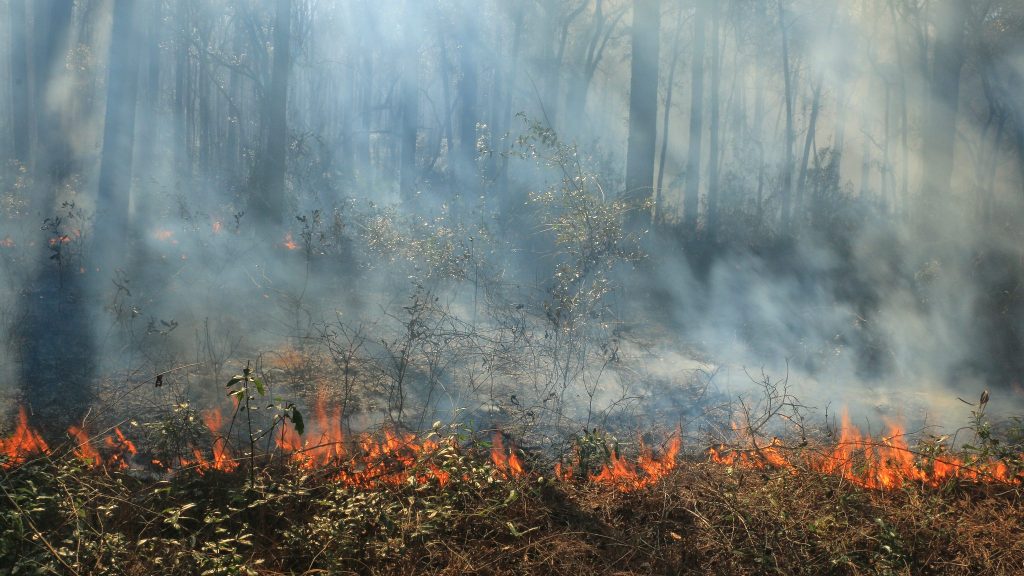Understanding Prescribed Fire Management in the Context of Climate Change and Landscape Transformation

Project Information
Principal Investigator: John Kupfer, University of South Carolina
Proposed Project Completion: December 2022
Implements Science Plan Theme: Impacts
Co-Investigators: Kirstin Dow (University of South Carolina), Kevin Hiers (Tall Timbers Research Station), Kirsten Lackstrom (University of South Carolina), Peng Gao (University of North Carolina – Wilmington), Adam J Terando (Southeast Climate Adaptation Science Center)
Overview
Projected trajectories of climate and land use change over the remainder of the twenty-first century may result in conditions and situations that require flexible approaches to conservation planning and practices. For example, prescribed burning is a widely used management tool for promoting longer-term resilience and sustainability in longleaf pine ecosystems, but regional stressors such as climatic warming, changing fire conditions, and an expanding wildland-urban interface may challenge its application. To facilitate the development of fire management strategies that account for such changes, we surveyed regional fire managers to elicit information on the criteria used for prioritizing burn sites, current burning practices and constraints, and expectations for changes in burning opportunities, including those pertaining to climate change and urban growth. Respondents noted that their most common criteria for selecting longleaf pine stands for burning were fire history, ecosystem health, and fuel reduction, with the presence of threatened and endangered species also given priority by public land managers. However, many respondents (38%) cited recent burn frequencies that fall short of historic burn intervals.
Barriers to burning included legal, institutional, and managerial constraints, such as proximity to human developments, public concerns, and risk aversion, as well as environmental and resource constraints, including weather, air quality restrictions, and lack of personnel, equipment, or funding. Roughly half of all respondents expect that opportunities to burn will be further reduced over the next 30 years, particularly during the growing season. Fire manager perceptions of factors that will limit prescribed burning in the future include a similar suite of constraints, many of which will be affected by projected regional changes in land use and climate. Moving forward, additional research and continuing engagement with fire managers will be needed to investigate opportunities for introducing policy flexibility, leveraging shared management interests, and developing creative solutions to expand burning opportunities.
